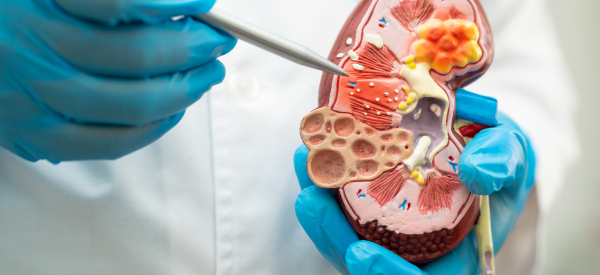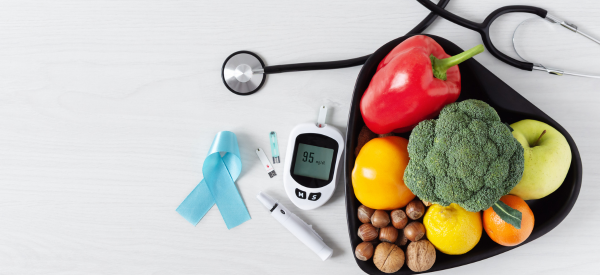The National Institute of Health has a very distinct mission. The governmental agency’s goal is to seek out information and cultivate knowledge about the “nature and behavior of living systems and the application of that knowledge to enhance health, lengthen life, and reduce the burdens of illness and disability.”
In doing so, the NIH developed its list of what can be expected later in life. And we here at Freedom Home Care have dedicated our efforts to disseminating the organization’s hard work, which can be found in four consecutive posts, starting with last week’s blog roll.
But without further ado, here are numbers five and six on the NIH’s list of eight areas of age-related change.
5. Urogenital
The most common form of urogenital change can be found in the form of incontinence, which is essentially the loss of bladder control. It is so common that at least 1 in 10 people age 65 or older has experienced it. Although the symptoms and level of severity can range, it’s more likely to show up in women than in men.
Benign Prostatic Hypertrophy: According to the NIH, “the prostate gland surrounds the tube (urethra) that passes urine. This can be a source of problems as a man ages because the prostate tends to grow bigger with age and may squeeze the urethra. A tumor can also make the prostate bigger. These changes, or an infection, can cause problems passing urine. Sometimes men in their 30s and 40s may begin to have these urinary symptoms and need medical attention. F
or others, symptoms aren't noticed until much later in life.”
Prostate Cancer: “Prostate cancer is the second most common type of cancer among men in this country,” NIH explains. “Only skin cancer is more common. Out of every three men who are diagnosed with cancer each year, one is diagnosed with prostate cancer.”
Takeaway: Most prostate cancers are slow going, which means that early detection can equate to a longer, healthier and happier life. No matter your age, talk to your doctor about getting tested.
6. Dental: gingivitis, periodontitis, loss of teeth
Similar to our bones, our teeth begin to decay as we age. There are ways, however, to slow or avoid tooth decay, which can ruin tooth enamel and expose our teeth to bacteria, plaque and cavities. Brushing with fluoride toothpaste and using mouth rinse can slow the decaying process almost dead in its tracks.
The NIH says that the young and old alike should also be concerned about the potential for gum diseases, also known as periodontal or gingival diseases. These infections harm the gum and bone that hold teeth in place. “When plaque stays on your teeth too long, it forms a hard, harmful covering, called tartar, that brushing doesn't clean,” the NIH explains. “The longer the plaque and tartar stay on your teeth, the more damage they cause. This is called gingivitis. If gingivitis is not treated, over time it can make your gums pull away from your teeth and form pockets that can get infected. This is called periodontitis. If not treated, this infection can ruin the bones, gums, and tissue that support your teeth. In time, it can cause loose teeth that your dentist may have to remove.”
Takeaway: Dental hygiene is directly related to overall physical health, so be sure to make visits to your dentist a priority.




